Reverse Pigeon Pose - Sucirandhrasana
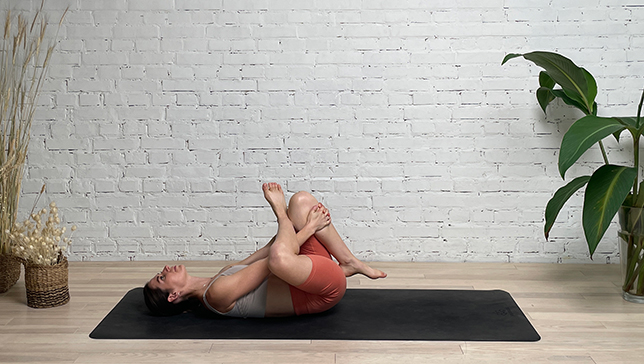
Contents
Reverse Pigeon Pose Yoga or Sucirandhrasana in Sanskrit is an elegant combination of a gentle hip-opener and an effective hamstring stretch. Also known as the Eye of the Needle Pose it is commonly used by runners during recovery, to release any strain in the hamstrings and glutes. Typically Sucirandhrasana is practiced at the end of a yoga sequence to cool down the muscles of the hips, legs, and lower back. This supine pose is a grounding practice and works on the connecting tissues when held longer, hence should be included in Yin Yoga for better flow of energy through the channels, and to activate certain meridians.
Pose Detail
- Difficulty: Beginners
- By Type: Flexibility Yoga Poses, Hip Opening Yoga Poses
- Body Position: Supine Yoga Poses
- By Benefit: Yoga Poses For Sciatica
Step-by-Step Instructions
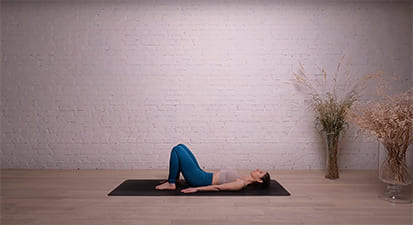
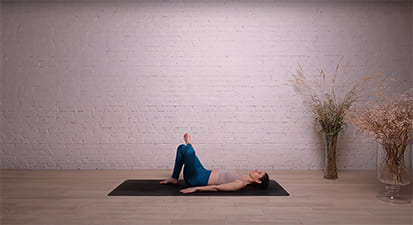
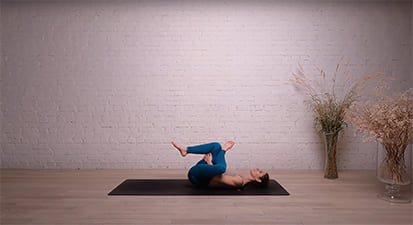
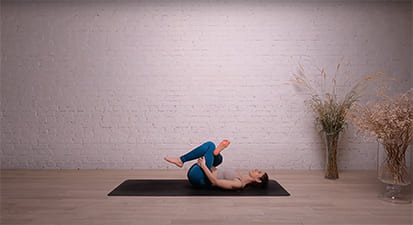
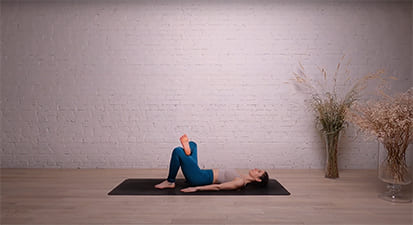
Benefits and Contraindications
Lengthens the hip flexors.
Helps to prepare the body for seated poses( Ex: Padmasana or Lotus posture).
Opens the hips.
Helps to cure the lower back pain.
Stretches the arms, neck, hips, upper back and shoulders.
Helps to calm the mind.
Increases the blood circulation to the entire body.
Knee injury.
Shoulder problems.
Neck Injury.
Sacroiliac issue.
Photo poses in different angles
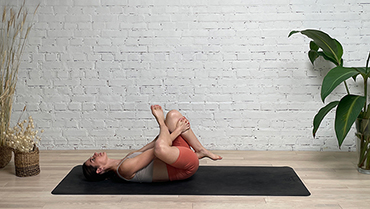
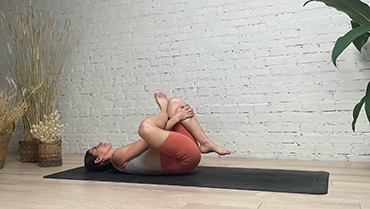
Modifications, Props and Tips
- It’s good to do this pose in the morning with empty stomach.
- If you cannot reach your shin, hold onto the thigh or use a strap to hold around the leg.
- You can practice a variation using a chair. To do this, sit on a chair, place the outside of your left ankle just above the right knee making a figure 4 shape with your legs. Gently press your left knee toward the ground and sit up as tall as you can. Lift your chest forward and up as you hinge forward to intensify the stretch in the outer hip and glutes. This will feel like you are bringing your chest toward the wall in front of you rather than toward your legs. Flex your toes back toward your shin to activate the ball of your foot. Squeeze your inner thigh to keep the pose active. Try to externally rotate your hip so that your inner thigh is facing the sky and the outer thigh is facing the ground. Repeat on the other side.
- Do not rush. If you find any pain or discomfort, ask for the expert’s guidance and the doctor’s advice.
Anatomy
Sucirandhrasana is a yoga pose that stretches the hips and lower back. Here’s a breakdown of the anatomy involved in this pose:
- Hips: Sucirandhrasana primarily stretches the outer hips, including the gluteus medius and minimus muscles, as well as the piriformis muscle, which runs from the sacrum to the outer hip. These muscles are responsible for abducting and laterally rotating the hip joint.
- Lower back: The lower back muscles, including the erector spinae and quadratus lumborum, are also involved in Sucirandhrasana. These muscles help to maintain the upright posture of the spine and support the lumbar spine during the forward fold.
- Hamstrings: The hamstrings, including the biceps femoris, semitendinosus, and semimembranosus muscles, are also involved in this pose. These muscles run along the back of the thigh and are responsible for extending the hip joint and flexing the knee joint.
- Abdominals: The abdominal muscles, including the rectus abdominis and obliques, can also be engaged to support the forward fold in Sucirandhrasana. These muscles help to stabilize the spine and maintain proper alignment during the pose.
Frequently Asked Questions
Variations
- Standing Pigeon Pose Yoga
- Chair Pigeon Pose
Top Preparatory Poses
Top Follow-Up Poses
- Supine Spinal Twist Yoga Pose I
- Happy Baby Pose
- Reclined Shoelace Pose